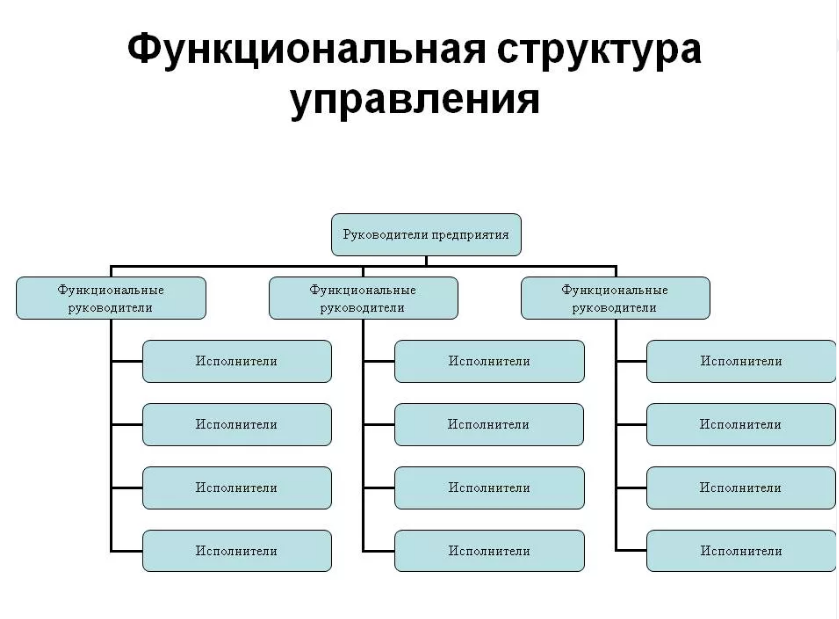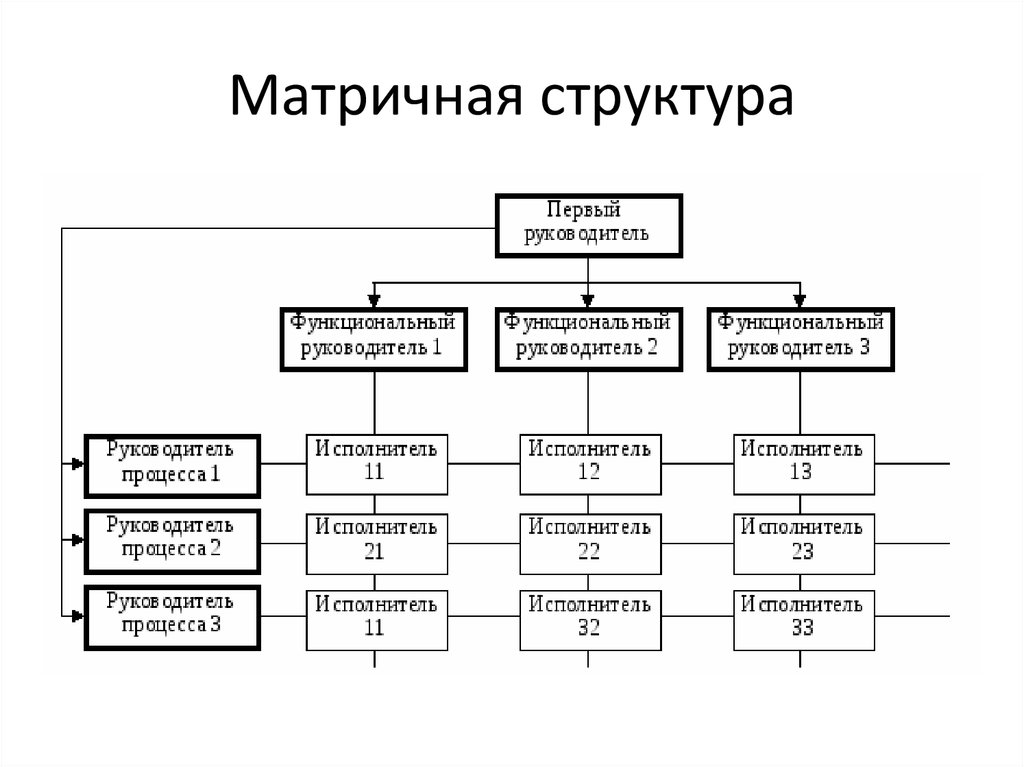Who needs a marketing department?
The marketing department is one of the most important units in any company, regardless of size or industry. It is responsible for product promotion, improving brand awareness, attracting new customers, and retaining existing ones. Creating a marketing department is typically necessary for companies seeking to increase profits and thrive in a competitive environment.
Goals, objectives and place in the company structure
The marketing department is one of the most important units in any company, regardless of size or industry. It is responsible for product promotion, improving brand awareness, attracting new customers, and retaining existing ones. Creating a marketing department is typically necessary for companies seeking to increase profits and thrive in a competitive environment.
The marketing department is responsible for planning and implementing marketing strategies aimed at achieving the company's goals. The main responsibilities of the marketing department are:
- Developing marketing strategies aimed at attracting new customers and retaining existing ones.
- Defining the target audience, its needs and preferences.
- Analysis of the market, competitors and needs of potential clients.
- Development and implementation of marketing tools: advertising, PR, social media promotion, email marketing, SEO, and others.
- Evaluating the effectiveness of marketing campaigns and adjusting strategy if necessary.
The marketing department occupies an important place in the company structure and reports directly to the company's management or the CEO.

Marketing Department Positions
A marketing department may have several positions, each with its own specific functions. Let's look at the main positions in the marketing department:
- Marketing manager – develops marketing strategy, plans marketing campaigns, analyzes results and coordinates the work of department employees.
- Promotion Manager – deals with product promotion on the market, including advertising, PR, participation in exhibitions and events.
- Marketing Research Manager – responsible for collecting and analyzing data about the market, competitors and potential customers.
- Pricing Manager – responsible for determining product prices and analyzing market trends.
- Sales Manager – responsible for increasing sales volumes and finding new clients.
- Content Manager – creates content for the website, social media, and other marketing channels.

Dividing the marketing management structure into projects
Dividing the marketing management structure by projects involves organizing the marketing department's work around specific projects. Each project can have its own team, including marketing department employees as well as staff from other company departments.
Dividing the marketing management structure by projects allows for greater efficiency within the marketing department. Each project has its own goal, objectives, and deadlines, allowing for more effective management. In this structure, marketing staff are focused on specific tasks, allowing them to use their time and resources more effectively.
Furthermore, this approach allows for a more rapid response to changes in the external environment and market demands, as each project can be adapted to specific conditions.
One of the main advantages of dividing the marketing management structure by projects is the ability to scale the marketing department's work. Companies can launch new projects, hire new employees, and expand and improve the marketing department's operations. Furthermore, with this approach, project managers gain greater control over the work process, as they know who is responsible for each project and what resources are being used to complete it.
However, this management structure also has its drawbacks. For example, it can lead to each team working in isolation from other teams and failing to effectively coordinate their efforts. Furthermore, this management structure may be less effective for projects that require extensive communication and collaboration between different specialists.
Thus, such distribution can lead to increased administrative work and create difficulties coordinating work across multiple projects. Employees may experience a lack of communication between projects, which can lead to duplication of effort or conflicts.
Overall, dividing the marketing management structure by projects can be an effective approach for companies operating in the high-tech sector, where rapid response to market changes and new product development are often required. However, the choice of approach to building a marketing management structure should be based on the specifics of the company and its goals.
Separation of the management structure according to functional responsibilities
Dividing the marketing management structure by functional responsibilities means that marketing department employees have specific functional responsibilities that are performed independently of the projects they are working on. In this structure, each employee can have their own area of expertise, such as marketing research, product promotion, customer service, or competitor analysis. This means that tasks are distributed among employees based on their professional skills and experience.
In such a structure, marketing tasks can be divided into the following areas:
- Development of marketing strategy.
- Product promotion.
- Marketing research.
- Pricing.
- Sales.
- Content marketing.
This approach allows for more efficient use of resources, improved quality of work, and faster decision-making.
However, such a structure can lead to coordination issues unless a sufficiently effective project management system is established. To address this issue, a combined approach can be used, in which marketing department employees work in teams on specific projects and have their own functional responsibilities.
As a result, companies can use a hybrid approach, combining both functional and project-based divisions. This approach allows for more efficient resource utilization, better coordination between different functional areas, and improved project management.

A combined approach to building a marketing management structure
With a combined approach, marketing department employees are divided into teams that work on specific projects. Each team consists of specialists responsible for various functional areas of marketing, such as marketing research, product promotion, advertising campaign development, etc. Within a team, employees pool their efforts to achieve a common project goal.
Thus, a combined approach enables better coordination between different marketing functional areas and ensures optimal resource utilization. Furthermore, this approach fosters the development of expertise within each team.
It's also important to ensure effective communication and alignment between teams. Various tools and methods can be used for this, such as regular meetings, shared work plans, shared project management tools, and so on.
However, a combined approach can also have its drawbacks. In particular, it can lead to difficulties in project management and coordination between different teams. Therefore, companies using a combined approach to building a marketing management structure must pay attention to the organization of project management processes and manage interactions between different teams.
Furthermore, it's important to emphasize that a combined approach to building a marketing management structure can be more costly than other approaches. This is due to the higher level of coordination and management required, which may require additional resources and time.
However, overall, a combined approach to building a marketing management structure can be an effective choice for companies, especially those operating in dynamic environments and needing to respond quickly to market changes. Furthermore, this approach can foster innovation and the development of new ideas, as various marketing functional areas can interact and share knowledge.
It's important to note that the specific approach to building a marketing management structure should be chosen based on the needs and goals of the individual company. Some companies may prefer a functional division to focus on specific areas of marketing, while others may prefer a project-based division to improve project coordination and management. A combined approach can be an effective choice for those seeking the benefits of both approaches.
Matrix approach to constructing a marketing management scheme
The matrix approach to marketing management is a combination of functional and project-based management structures. In this approach, marketing staff work together with representatives from other functional areas of the company, such as production, finance, technical support, and so on. Each project is organized as a matrix, with various functional teams located on one axis and project teams on the other.
Within a matrix structure, each marketing department employee is involved in several projects simultaneously and collaborates with representatives from other functional areas. This allows for rapid response to changes within and outside the company and effective project management.
However, a matrix structure can lead to conflicts between project managers and functional area managers. This can be resolved by establishing clear rules and procedures for coordinating actions between teams and managing conflicts.
A matrix approach to building a marketing management framework can be particularly effective in companies where marketing plays a vital role in business processes and requires collaboration across multiple functional areas. However, successful implementation of this approach requires effective coordination and communication between different teams, as well as oversight of project management processes.

Evaluation of the Marketing Department
Marketing department performance evaluation includes assessment of task completion, goal achievement, analysis of marketing campaign effectiveness, and competitor review. Marketing department performance evaluation should be conducted regularly and be part of the overall company performance assessment.
Qualitative indicators include, for example, company reputation, brand awareness, and customer satisfaction. These indicators can be assessed through surveys, interviews, focus groups, social media monitoring, and reviewing reviews and ratings on aggregator websites.
Quantitative metrics include, for example, sales volume, website conversion rate, ad views, and marketing costs. These metrics can be assessed using web analytics, cost and profit tracking, and competitor analysis.
One example of a quantitative assessment of the marketing department's performance is the ROMI (Return on Marketing Investment) calculation, which shows how much money marketing investments have generated compared to marketing costs. To calculate ROMI, you need to calculate net profit (profit minus all costs, including marketing costs), divide it by marketing costs, and multiply by 100%.
Another example is assessing brand awareness. This involves conducting a study in which participants are asked to identify a company's trademark, logo, or slogan. The results can help determine how recognizable a brand is and what measures need to be taken to improve its recognition.
It's important to note that marketing department performance evaluation should be conducted regularly and include various aspects of activity. It helps identify weaknesses and opportunities for improvement in marketing strategies and activities, and also improves the marketing department's effectiveness.

Conclusion
The marketing department is a key element of any company, helping to attract new customers, increase sales, and enhance brand image. Building an effective marketing management structure enables greater departmental effectiveness, while evaluating results allows for strategy adjustments and overall improvement. Different approaches to building a marketing management structure have their advantages and disadvantages, and the choice should be based on the specifics of the company and its goals.







